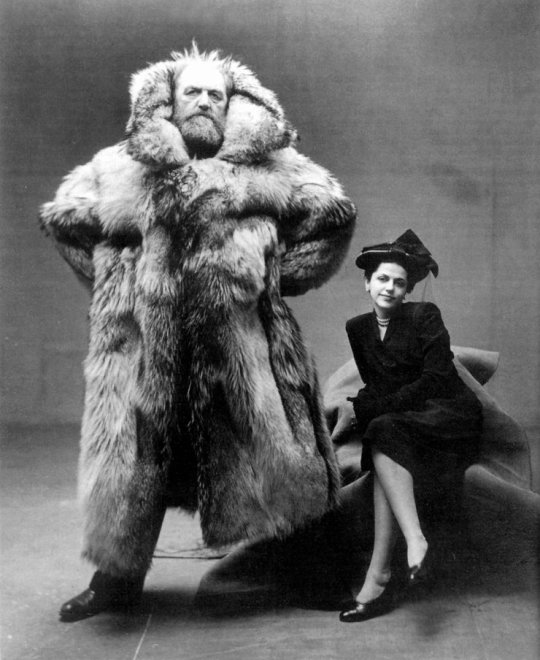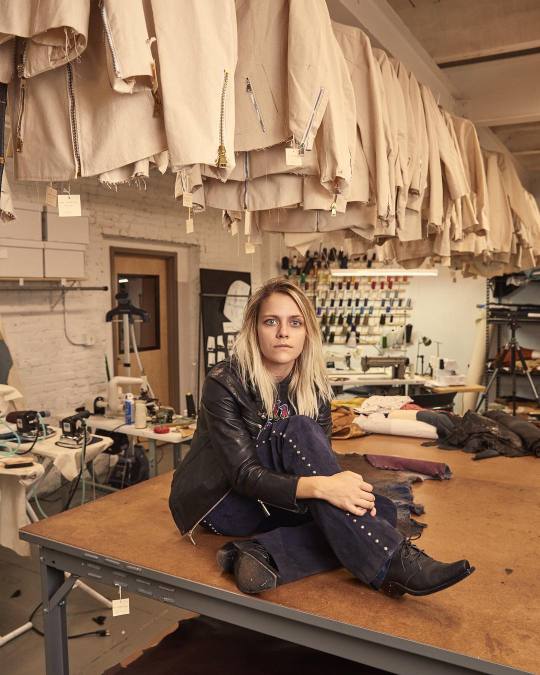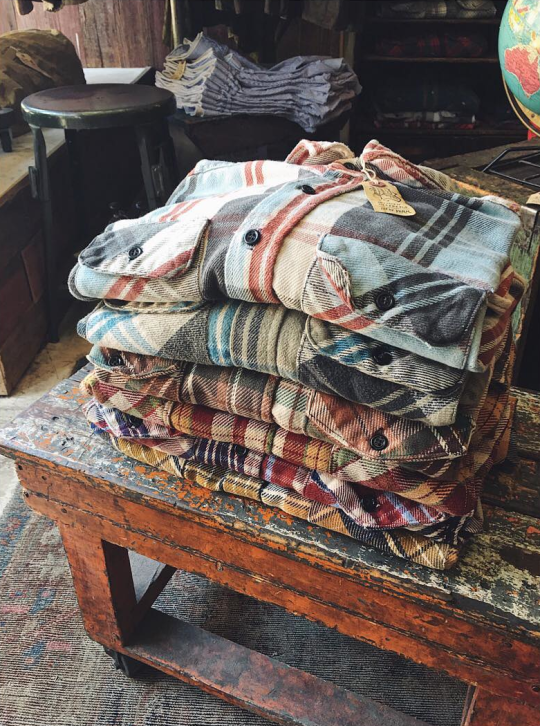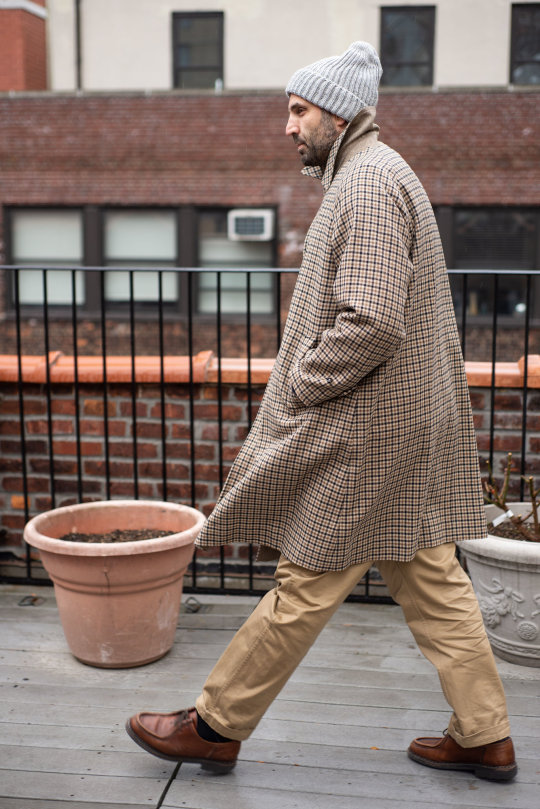
Selkirk is a small Scottish town perched on a hillside overlooking the Ettrick Water, a tributary of the fast-flowing River Tweed, which is where some say Scotland’s most famous fabric got its name. For generations, the people here were celebrated for their shoemaking skills, but like other Border towns, Selkirk was eventually swept into the woolens trade. People have been weaving fabric in the Scottish Borders since at least the Middle Ages, but the trade for much of this time was small, rural-based, and organized through a scattered cottage industry. In the old days, Scottish tweeds were woven at home from local and native wools, often Cheviots that were spun into woolen yarns. Whatever was made was only worn by the local people.
This all changed sometime around the turn of the 18th century. With the signing of the Treaty of Union, Scotland and England became new state of Great Britain. The Industrial Revolution was just starting to emerge and Hawick received its first four knitting frames. Certain towns – Hawick, Galashiels, and Selkirk, included – were conveniently located along the main roads connecting Edinburgh and Carlisle. This gave them access to London and other major cities, helping them distribute finished woolen goods and, when steam power replaced water, bring in fuel. More importantly, the Union gave Scotland better trade opportunities with Britain’s colonies around the world. Soon, people as far flung as India and the Americas were wearing Scottish tweeds and tartans.
What the first wave of globalization gave, the second took away. Like other Border towns, Selkirk is quieter now. The looms stopped chattering a long time ago and today the town is better known for its bannocks, a type of dry fruitcake. During the heyday of Scottish manufacturing, the knitwear trade employed nearly 10,000 people – more if you counted wovens. Hawick had sixteen mills and Pringle alone produced more than 66,000 garments per week. These days, Hawick has half that number and Pringle has long offshored their production. Last week, one of Scotland’s three remaining Harris Tweed mills, Carloway, suddenly stopped production and is facing possible closure. Five years ago, Caerlee Mills, makers of the legendary Ballantyne, shut off their machines after 225 years operation (the building was soon after demolished).
Keep reading

















